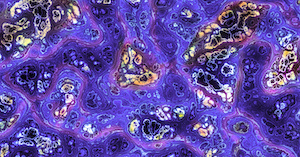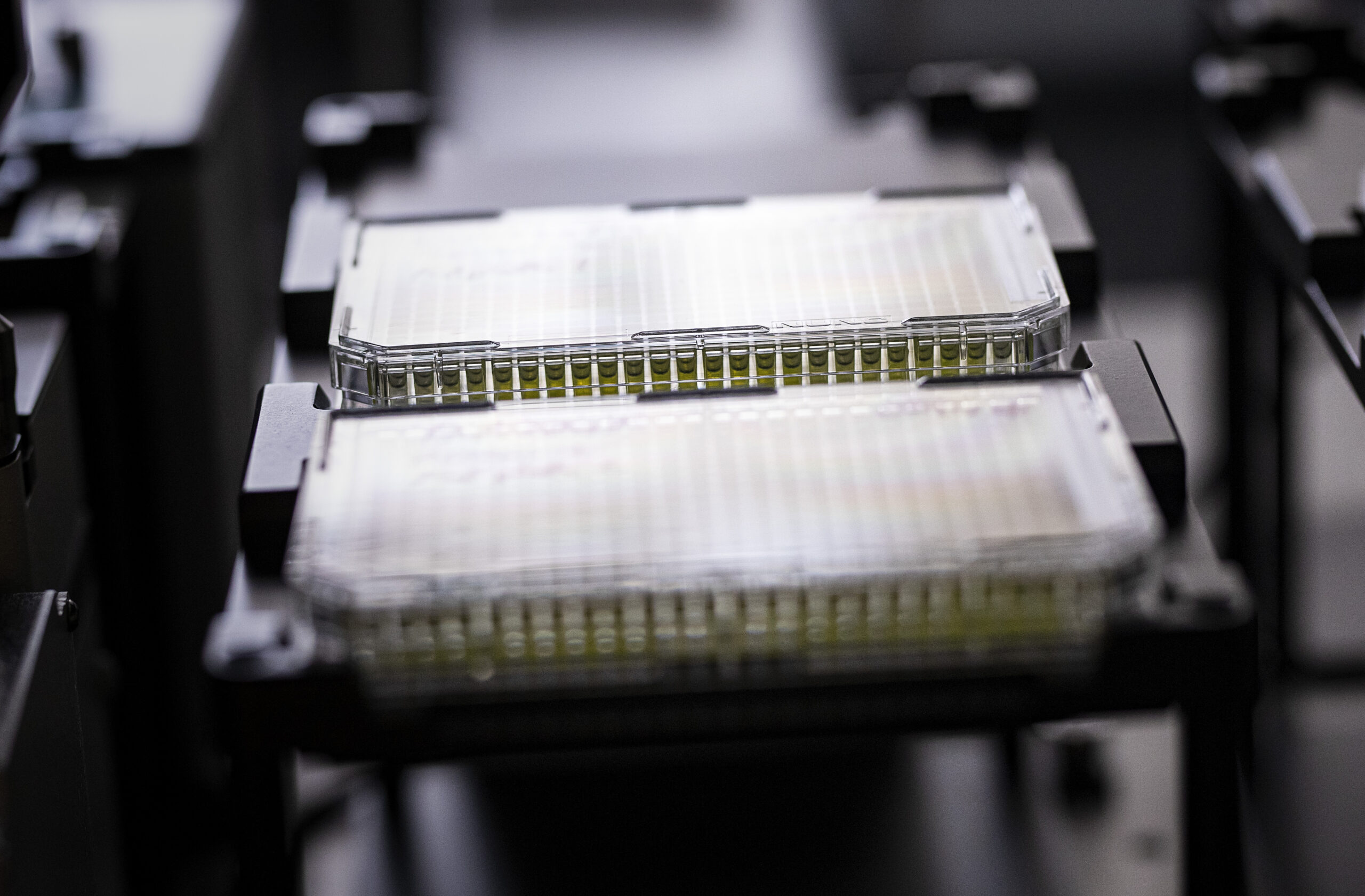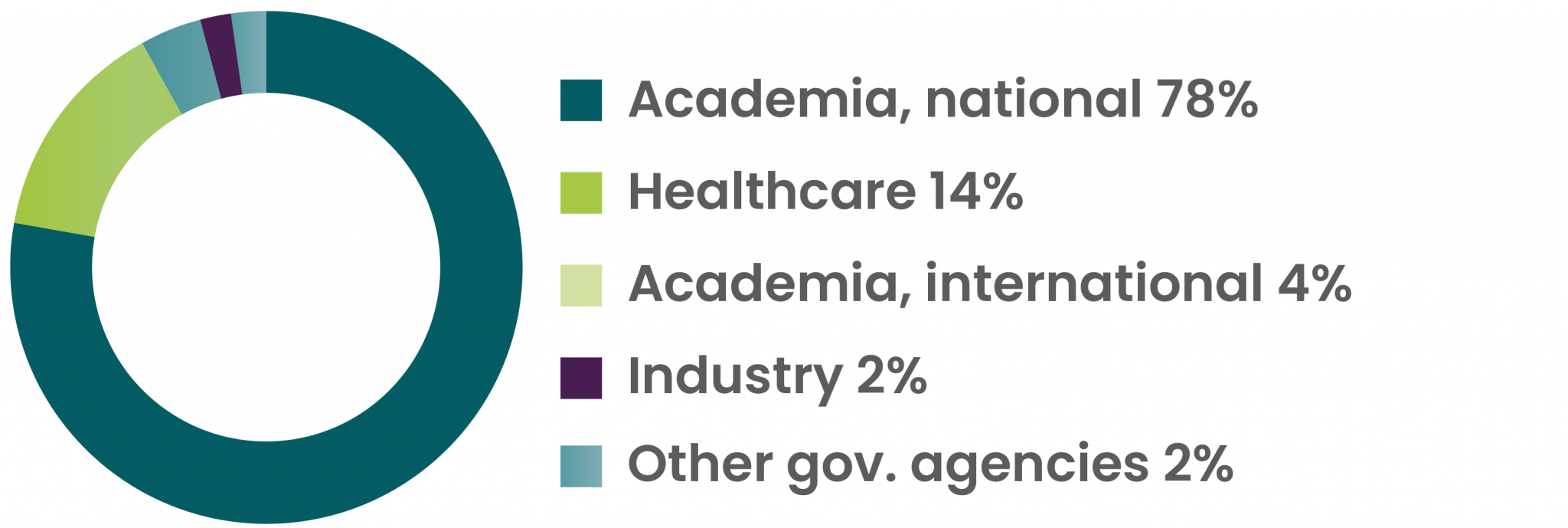Services provided by our national research infrastructure
At SciLifeLab, we provide access to a range of pioneering technologies in molecular biosciences. Together, our capabilities enable the scientific endeavours of users from academia, industry and health care. Dedicated staff scientists can offer support throughout the experimental process – from study design to data handling.
Regardless of your particular field of work, you are welcome to seek support from units at SciLifeLab. Most of our technologies are agnostic to applications, meaning they can be used to address questions in a range of life science disciplines, e.g. precision medicine, ecosystem surveillance and evolutionary biology.
Questions? Contact info@scilifelab.se

Explore our infrastructure
At SciLifeLab, we provide access to a range of pioneering technologies in molecular biosciences. Together, our capabilities enable the scientific endeavours of users from academia, industry and health care. Dedicated staff scientists can offer support throughout the experimental process – from study design to data handling.
-

Genomics
Genomics is the investigation of DNA and RNA to advance biology, medicine, healthcare, biotechnology, archaeology and other fields
-

Proteomics
Proteomics is the large-scale investigation of proteins expressed by any organism and includes the study of structures, interactions, and functions.
-

Spatial Omics
Spatial omics integrates multiple omic data types, such as transcriptomics, proteomics, and mass spectrometry, to map molecular profiles within intact tissues at high resolution.
-

Cellular and Molecular Imaging
Cellular and molecular imaging enables the visualization of biological systems, from the atomistic to the tissue levels.
-

Structural Biology
Structural Biology comprises studies of proteins and nucleic acids and other biomolecules, how they interact and appear in solution
-

Chemical Biology and Genome Engineering
Chemical and genetic perturbation to explore biology, as well as follow-up studies to transform phenotypic observation into mechanistic insight
-

Drug Discovery
Generates small-molecule, antibody and oligonucleotide leads for further progression into therapeutic applications and support with target product profiling and safety assessment of the future drug.
-

Bioinformatics
Bioinformatics combines biology, computing, and data analysis to interpret biological data across all life science domains, for research, medicine, and biotechnology advancements.
Recent user publications
The publications in this database are the result of research conducted at the units of SciLifeLab – both in user projects and technology development.
Shared requirement for MYC upstream super-enhancer region in tissue regeneration and cancer.
I. Sur, W. Zhao, J. Zhang, (…), H. Rannikmae, M. de la Roche, J. Taipale,
Life Sci. Alliance8 (6)
Nuclear AGO2 supports influenza A virus replication through type-I interferon regulation.
HC. Huang, M. Fong, I. Nowak, (…), DG. Anastasakis, D. Angeletti, AA. Sarshad,
Nucleic Acids Res.53 (7)
Ectoderm barcoding reveals neural and cochlear compartmentalization.
S. de Haan, J. He, AA. Corbat, (…), J. Frisén, MW. Kelley, ER. Andersson,
Science388 (6742) 60-68
Sex pheromone biosynthesis in the Oriental fruit moth Grapholita molesta involves Δ8 desaturation.
MI. Dam, BJ. Ding, K. Brauburger, (…), AT. Groot, DG. Heckel, C. Löfstedt,
The DNA methylation landscape of primary triple-negative breast cancer.
M. Aine, DF. Nacer, E. Arbajian, (…), J. Vallon-Christersson, Å. Borg, J. Staaf,
Nat Commun16 (1) 3041
Phylogeny of Palicoureeae (Rubiaceae) based on 353 low-copy nuclear genes – With particular focus on Hymenocoleus Robbr.
L. Thilén, O. Lachenaud, O. Thureborn, SG. Razafimandimbison, C. Rydin,
By the numbers
Users across sectors
In 2024, SciLifeLab served about 1,900 unique users. 22% of the users were based in healthcare, industry and other governmental agencies. The remaining portion were based in academia.

Academic users
As SciLifeLab is a national infrastructure, the distribution of users is an important metric. In 2024, SciLifeLab served a total of 1,640 academic users – 60 % of which were based at institutions outside of SciLifeLab’s founding universities.

Infrastructure organization
Our national infrastructure is made up of ten technology platforms, each of which comprises a number of service units and are managed by appointed Platform Directors. For every unit, there is a Platform Scientific Director leading the scientific direction and a Head of Unit in charge of the daily operations.
Platform management

FAQ
Who can get support from SciLifeLab?
SciLifeLab is a national resource, open for researchers within academia, health care and industry from all over Sweden. International users are also welcome.
What does it cost to use technologies and expertise from SciLifeLab?
Swedish academic researchers using the platforms and units available at SciLifeLab typically pay for reagents, consumables, instrument time and part of labor related costs. Users from health care and companies are charged according to a full cost model. International academic users are also usually charged full cost, but are advised to contact the platform or unit directly to get information about the corresponding user fee policy.
What is the Human Protein Atlas (HPA)?
The Human Protein Atlas (HPA) is a Core Biodata Resource led from SciLifeLab. Established in 2003, HPA’s mission is to map all human proteins across cells, tissues, and organs using diverse omics technologies, including antibody-based imaging, mass spectrometry proteomics, transcriptomics, and systems biology. The HPA’s open-access data repository empowers scientists in academia and industry alike to explore the human proteome freely.
What is the relation between SciLifeLab and Human Protein Atlas?
The Human Protein Atlas is a Global Core Biodata Resource in life sciences, based at SciLifeLab. As an open-access initiative, Human Protein Atlas has been selected by ELIXIR, as a core research infrastructure in Europe.
How do you prioritize among projects?
The prioritization of service requests and project proposals differs between platforms and units, and is also dependent on the scope of the request. For standardized services, the “first-come first-served” principle is usually employed, while more comprehensive project proposals are prioritized based on feasibility analyses and judged degree of scientific impact. For large scale projects, platforms and units usually consult external prioritization bodies for the selection process. For more information, please contact the platform or unit directly.
What’s the waiting time for analysis and/or feedback?
Waiting times varies between platforms and unit, and is highly dependent on the current demand from users, as well as on the type and amount of analyses and services asked for. Please contact the platform or unit directly describing your request to get an estimate on the waiting time.
